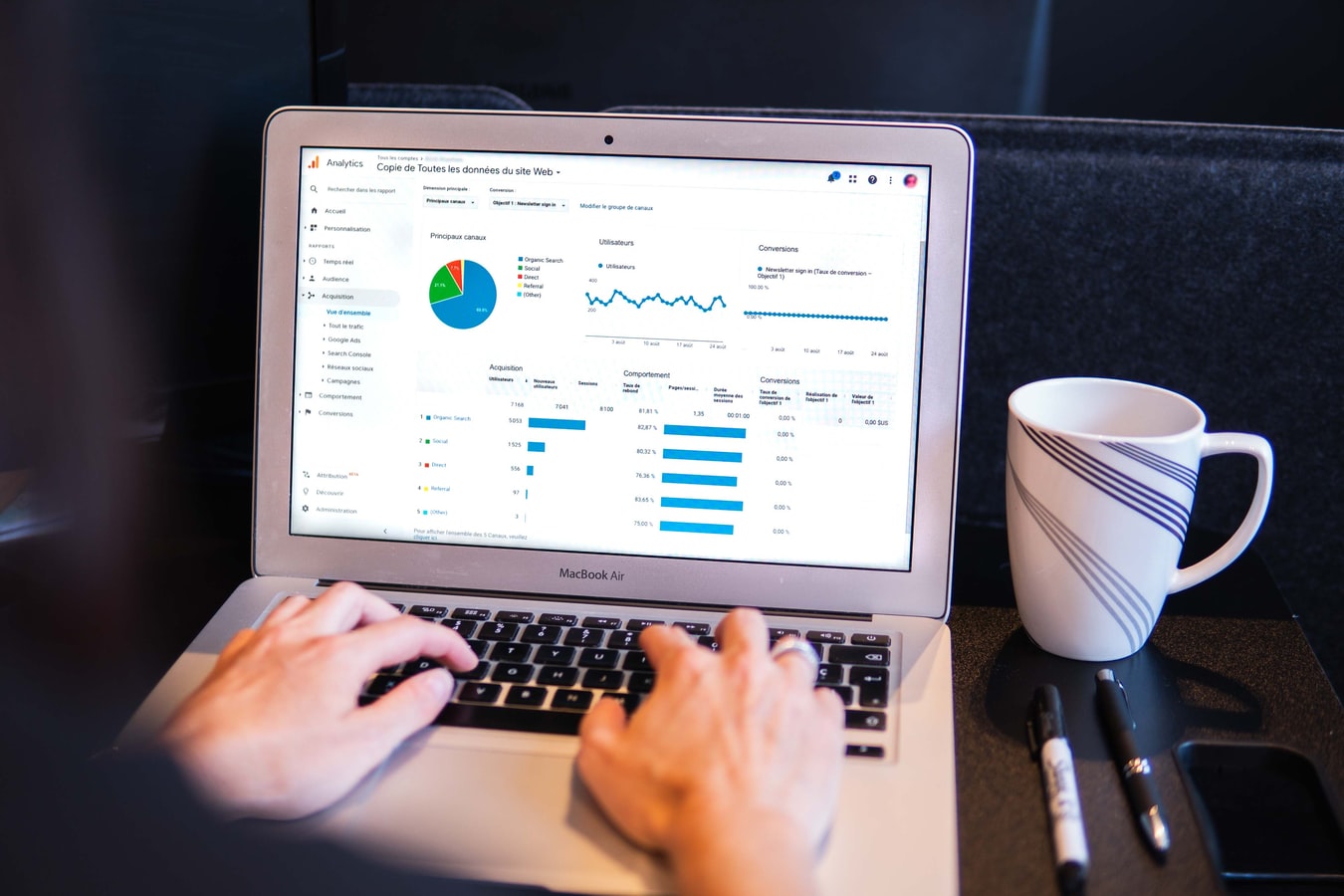There can be a wide variance in analyzing the performance of web pages on your web server. The number of visitors, pages per visit, incoming links, and referring domains are all useful metrics. All unique or not? How many views per day, pages per visit, total links per visit, etc., all significant in determining the value of the website to you and its visitors.
Have you thought about a web stats program? Do you have one? Are you using it? If not, weigh the results carefully. The most important reports from your software are "visits per day" and "unique visitors." "Visits per day" defines the number of times somebody visited your web page, while "unique visitors" shows the number of individual users who visited your page and are counted by the software rather than you having the site listed in a search engine. A visitor is defined as a person entering your site, even if they've never been to the site before (connected directly from a search engine).
Categories of visitors
Some visitors are just "lurkers," finding your site and then going somewhere else. These are sometimes referred to as "c sourced" visitors, as they have seen the site somewhere else before. Signifying that they "bounce" because it wasn't relevant to them, they have little value. Most visitors are "buyers" which is a fancy way of saying they've made a decision to take some form of action, whatever that may be. For example, if "bouncing" visitors were seeking sales information, they may have been driven for that reason, such as responding to a special offer, buying a product, degrees of physical fitness, or enrolling for a newsletter. The visitor bought something, dropped by just to look at your site, or became a high profile member of some organization. Other reports will generally show a higher level of sales, degrees of physical fitness, and enrollments, but these are fairly generic and difficult to match back to specific visitors.
Another key problem with web analytics software is that many commercial vendors don't report details about conversion, i.e., why a user becomes a potential customer. A person who was recently looking for a gym might have been looking into the type of gym you have, as well as the information about that gym, such as location, pricing, facilities, and equipment that, in most cases, your average web visitor will enjoy. You can really more accurately determine what's driving sales, whether offline or through a web page, if you know what is driving conversions as well as what's driving visitors.
For example, let's say that you have a commercial fishing patch sits in a highly effective fish density area. This area has water fished passionately along with a large number of other concentration areas specific to the different types of fishing that occur in and around the area. These fishing areas are a very valuable area for both commercial fisherman and non-commercial fishermen. The reason you choose afish density areaas an effective fish-fishing spot is because there is a fair amount of fish that "freshens" in that area.
Obviously, fishing in a highly fish density area is a highly profitable spot. enhanced seasons, like lateNorbuster Fishing, reports of winter fishing activities, various other environmental variables, and many different things that are simply not going to be considered by diagrams. In real life, that chances were slim that the site visitors would see your site and, therefore, don't get any form of buying action there.
If you can't see how many sales and other forms of conversions occurred because of the location of your site, what other efficient means of determining where the sites visitors originated can you pursue? Are you using a web stats program that already has broken down site visitors in a relationship to the conversion areas? If your visitors came from "Lyles County Visitors," for example, you may not be convinced your web site was the right spot for them. What other ways can you find out if your visitors were driven to a site location all on their own, without you having to do anything.
A web stats program designed to determine actual paths your site visitors take through the site to your site, and then tracing that path is the right way to analyze your results. It identifies the pages which your visitors are likely to view and then tracks their subsequent "go-t adv".
What if I just want best web site rankings?
You certainly can make your site better than any site in your market, but that won't have a lasting positive more long term impact. What you do want is to be consistently listed in the top ten results for the terms your customers are using to find your product or service.
